

Cameroon


port of Kribi
Republic of Cameroun
The Republic of Cameroon (French: République du Cameroun) is a country of central and western Africa. It is bordered by Nigeria to the west; Chad to the northeast; the Central African Republic to the east; and Equatorial Guinea, Gabon, and the Republic of the Congo to the south. Cameroon's coastline lies on the Bight of Bonny, part of the Gulf of Guinea and the Atlantic Ocean. The country is called "Africa in miniature" for its geological and cultural diversity. Natural features include beaches, deserts, mountains, rainforests, and savannas. The highest point is Mount Cameroon in the southwest, and the largest cities are Douala, Yaoundé, and Garoua. Cameroon is home to over 200 different linguistic groups. The country is well known for its native styles of music, particularly makossa and bikutsi, and for its successful national football team. English and French are the official languages.

Early inhabitants of the territory included the Sao civilisation around Lake
Chad and the Baka hunter-gatherers in the southeastern rainforest. Portuguese
explorers reached the coast in the 15th century and named the area Rio dos
Camarões ("River of Shrimp"), the name from which Cameroon derives. Fulani
soldiers founded the Adamawa Emirate in the north in the 19th century, and
various ethnic groups of the west and northwest established powerful chiefdoms
and fondoms. Cameroon became a German colony in 1884.
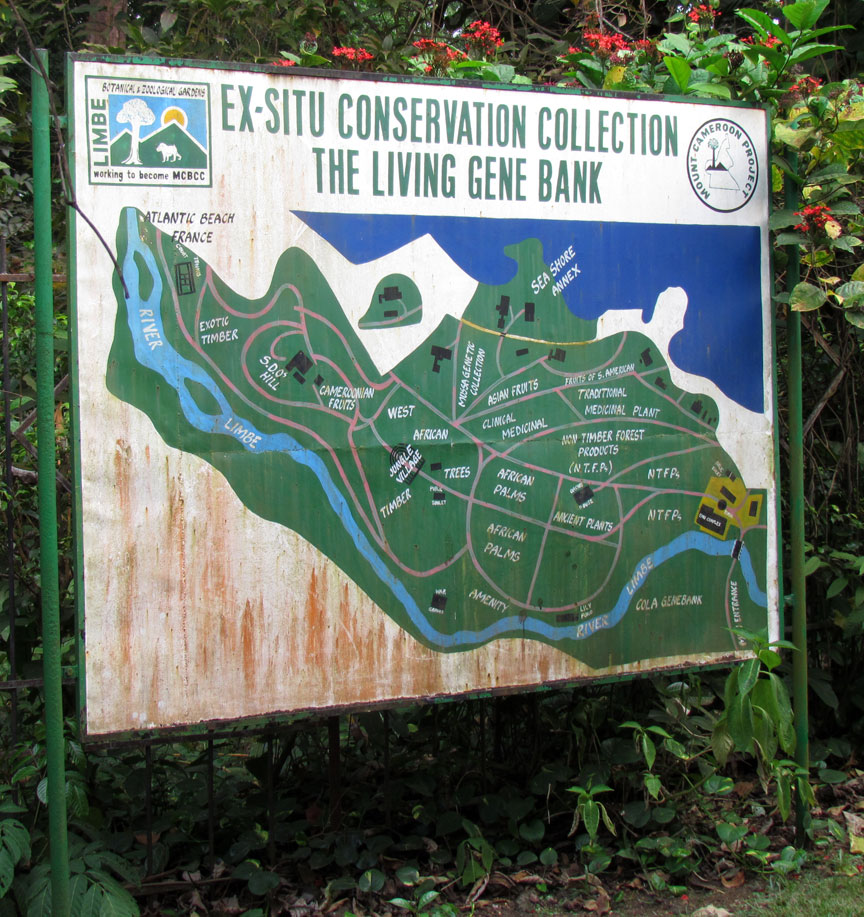
After World War I, the territory was divided between France and Britain as
League of Nations mandates. The Union des Populations du Cameroun political
party advocated independence but was outlawed by France in the 1950s. It waged
war on French and UPC militants forces until 1971. In 1960, the French
administered part of Cameroon became independent as the Republic of Cameroun
under President Ahmadou Ahidjo. The southern part of British Cameroons merged
with it in 1961 to form the Federal Republic of Cameroon. The country was
renamed the United Republic of Cameroon in 1972 and the Republic of Cameroon in
1984.
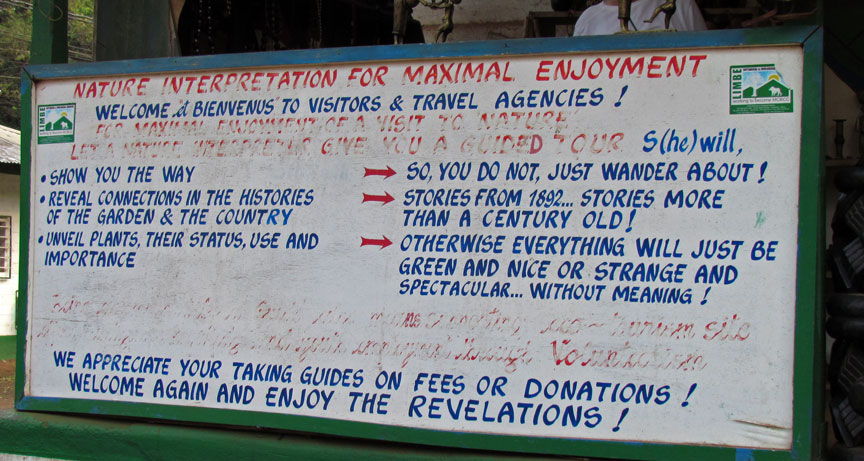
guide for fee or donation
Compared to other African countries, Cameroon enjoys relatively high political and social stability. This has permitted the development of agriculture, roads, railways, and large petroleum and timber industries. Nevertheless, large numbers of Cameroonians live in poverty as subsistence farmers. Power lies firmly in the hands of the authoritarian president since 1982, Paul Biya, and his Cameroon People's Democratic Movement party. The English speaking territories of Cameroon have grown increasingly alienated from the government, and politicians from those regions have called for greater decentralization and even the secession (e.g.: the Southern Cameroons National Council) of the former British-governed territories.

The territory of present day Cameroon was first settled during the Neolithic.
The longest continuous inhabitants are groups such as the Baka. The Sao culture
arose around Lake Chad c. AD 500 and gave way to the Kanem and its successor
state, the Bornu empire. Kingdoms, fondoms, and chiefdoms arose in the west.
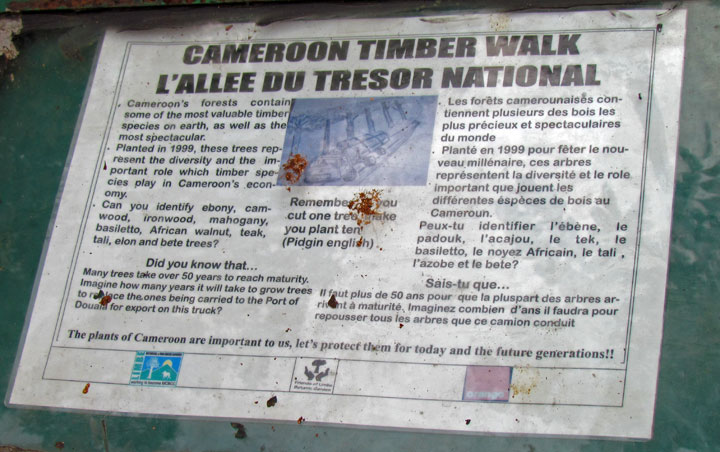
Portuguese sailors reached the coast in 1472. They noted an abundance of the mud
lobster Lepidophthalmus turneranus in the Wouri River and named it Rio dos
Camarões, Portuguese for "River of Shrimp", and the phrase from which Cameroon
is derived. Over the following few centuries, European interests regularised
trade with the coastal peoples, and Christian missionaries pushed inland. In the
early 19th century, Modibo Adama led Fulani soldiers on a jihad in the north
against non-Muslim and partially Muslim peoples and established the Adamawa
Emirate. Settled peoples who fled the Fulani caused a major redistribution of
population.
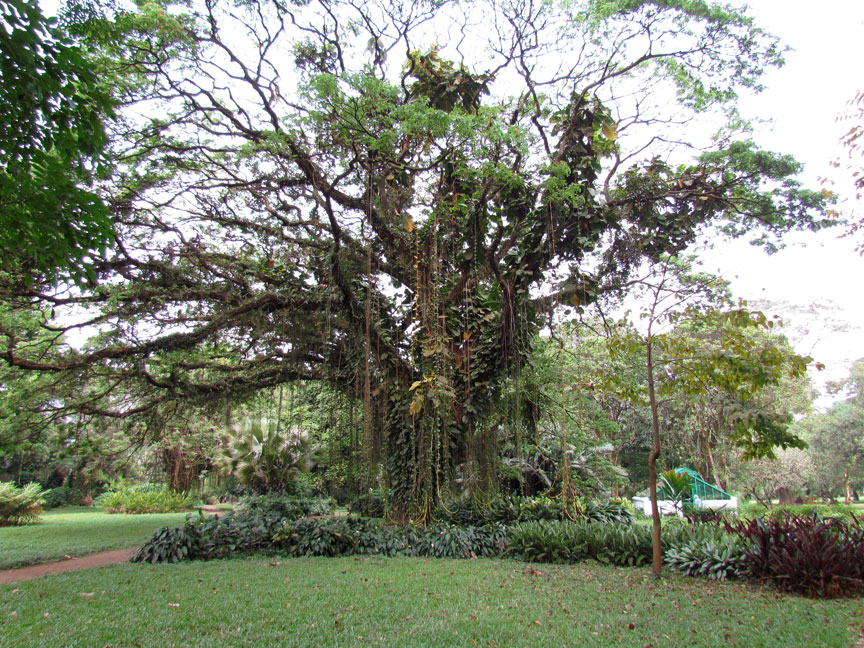
The German Empire claimed the territory as the colony of Kamerun in 1884 and
began a steady push inland. They initiated projects to improve the colony's
infrastructure, relying on a harsh system of forced labour. With the defeat of
Germany in World War I, Kamerun became a League of Nations mandate territory and
was split into French Cameroun and British Cameroons in 1919. France integrated
the economy of Cameroun with that of France and improved the infrastructure with
capital investments, skilled workers, and continued forced labor.
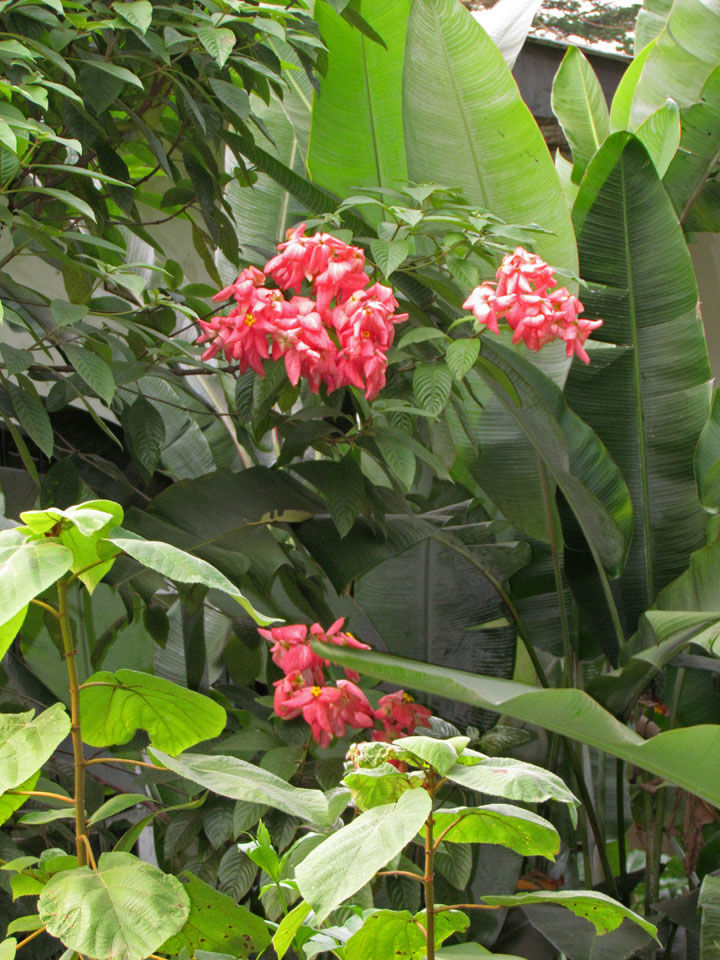
The British administered their territory from neighbouring Nigeria. Natives
complained that this made them a neglected "colony of a colony". Nigerian
migrant workers flocked to Southern Cameroons, ending forced labour but angering
indigenous peoples. The League of Nations mandates were converted into United
Nations Trusteeships in 1946, and the question of independence became a pressing
issue in French Cameroun. France outlawed the most radical political party, the
Union des Populations du Cameroun (UPC), on 13 July 1955. This prompted a long
guerrilla war and the assassination of the party's leader, Ruben Um Nyobé while
on a trip in Switzerland. In British Cameroons, the question was whether to
reunify with French Cameroun or join Nigeria.
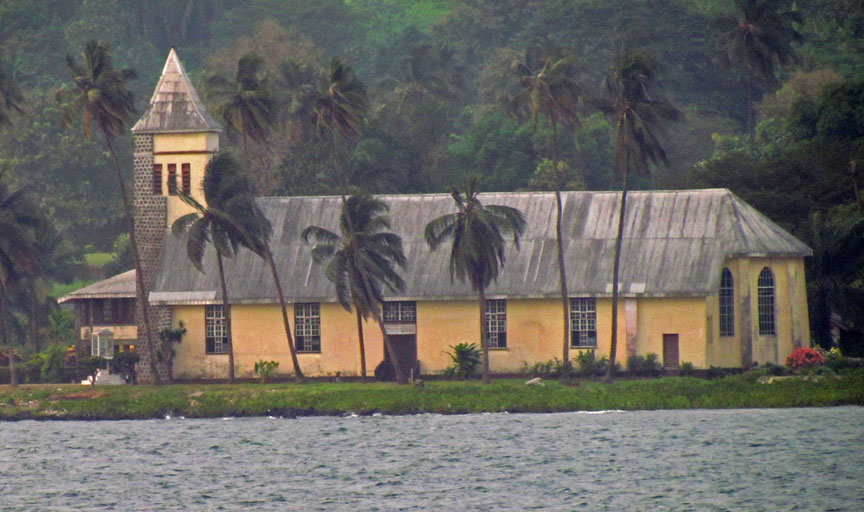
On 1 January 1960 at 2:30am, French Cameroun gained independence from France
under President Ahmadou Ahidjo. On 1 October 1961, the formerly British Southern
Cameroons united with French Cameroun to form the Federal Republic of Cameroon.
Ahidjo used the ongoing war with the UPC to concentrate power in the presidency,
continuing with this even after the suppression of the UPC in 1971.
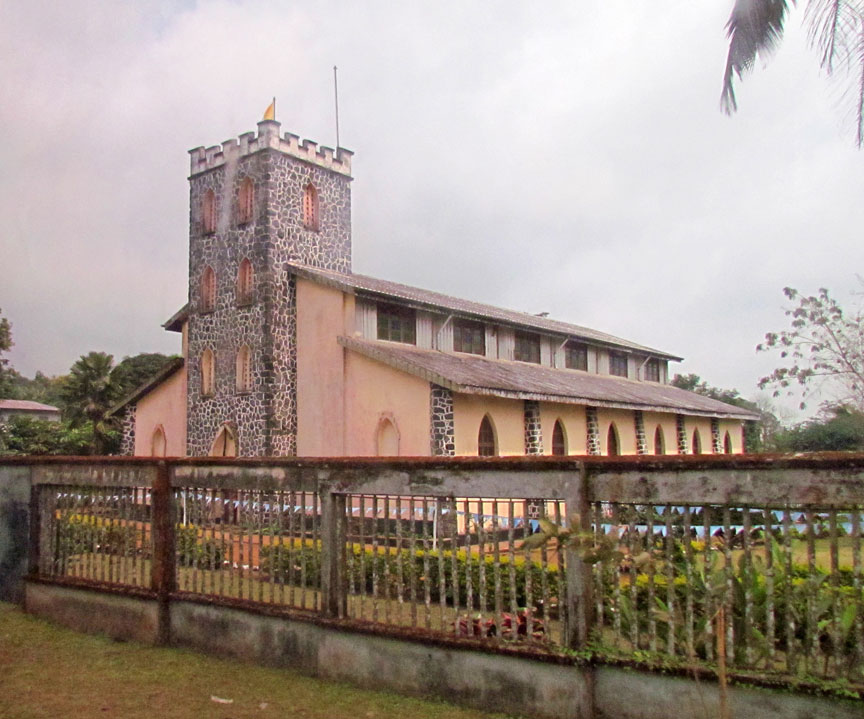
His political party, the Cameroon National Union (CNU), became the sole legal
political party on 1 September 1966 and in 1972, the federal system of
government was abolished in favour of a United Republic of Cameroon, headed from
Yaoundé. Ahidjo pursued an economic policy of planned liberalism, prioritising
cash crops and petroleum exploitation. The government used oil money to create a
national cash reserve, pay farmers, and finance major development projects;
however, many initiatives failed when Ahidjo appointed unqualified allies to
direct them.
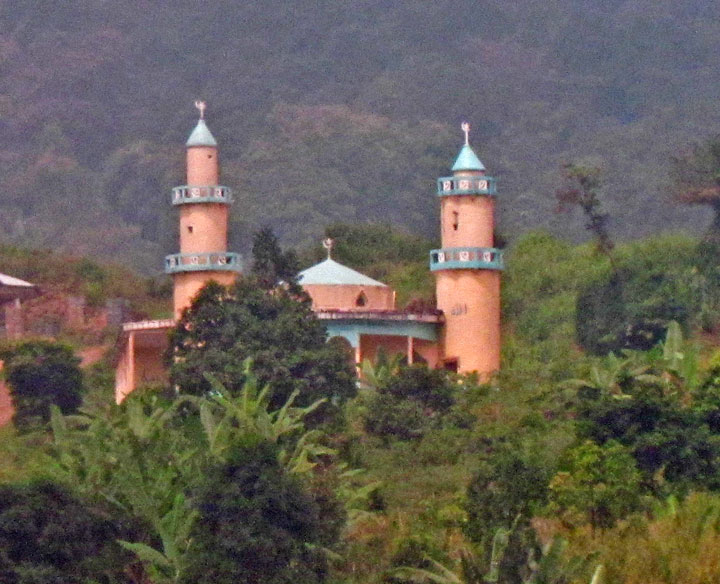
Ahidjo stepped down on 4 November 1982 and left power to his constitutional
successor, Paul Biya. However, Ahidjo remained in control of the CNU and tried
to run the country from behind the scenes until Biya and his allies pressured
him into resigning. Biya began his administration by moving toward a more
democratic government, but a failed coup d'état nudged him toward the leadership
style of his predecessor.
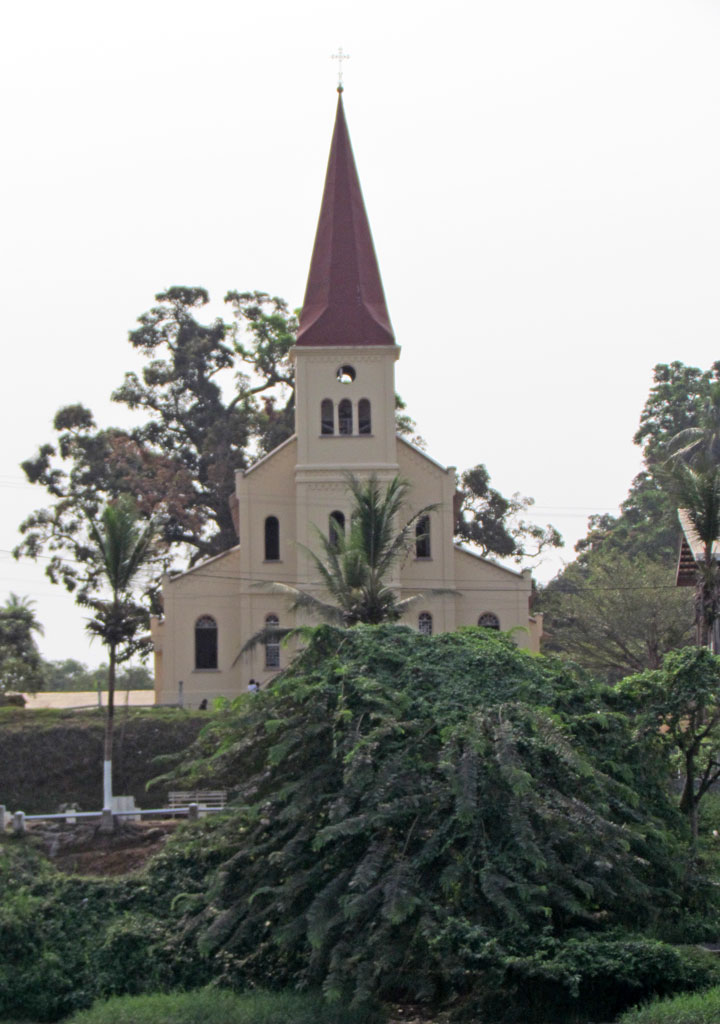
An economic crisis took effect in the mid-1980s to late 1990s as a result of
international economic conditions, drought, falling petroleum prices, and years
of corruption, mismanagement, and cronyism. Cameroon turned to foreign aid, cut
government spending, and privatised industries. With the reintroduction of
multi-party politics in December 1990, the former British Cameroons pressure
groups called for greater autonomy, with some (SCNC) advocating complete
secession as the Republic of Ambazonia. In February 2008, Cameroon experienced
its worst violence in 15 years when a transport union strike in Douala escalated
into violent protests in 31 municipal areas.
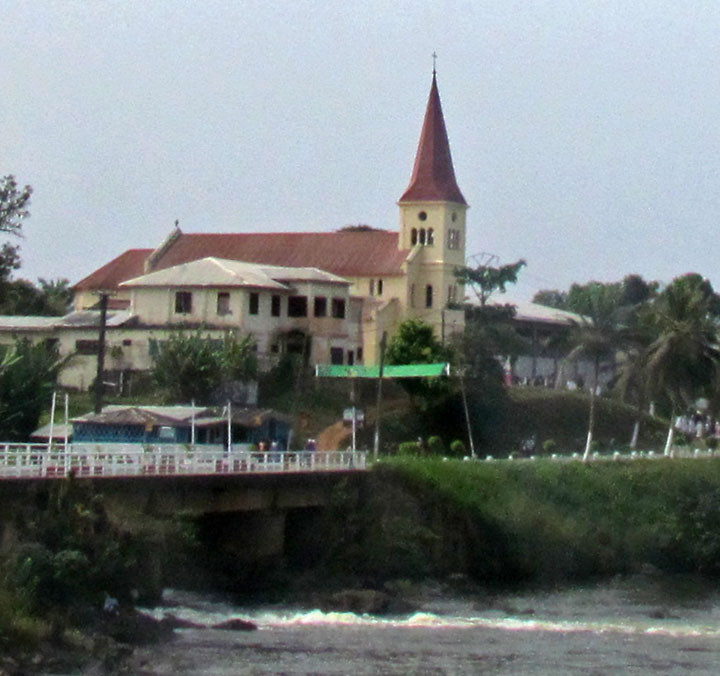
The President of Cameroon has broad, unilateral powers to create policy,
administer government agencies, command the armed forces, negotiate and ratify
treaties, and declare a state of emergency. The president appoints government
officials at all levels, from the prime minister (considered the official head
of government), to the provincial governors, divisional officers, and
urban-council members in large cities. The president is selected by popular vote
every seven years. In smaller municipalities, the public elects mayors and
councilors.
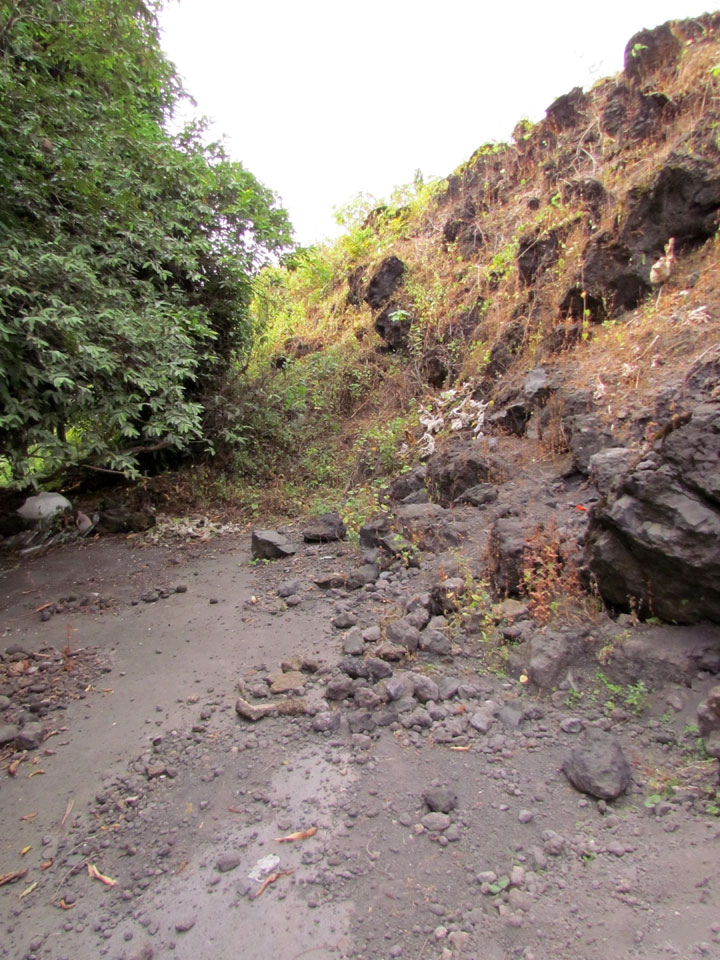
lava flow over the road
Corruption is rife at all levels of government. In 1997, Cameroon established anti-corruption bureaus in 29 ministries, but only 25% became operational, and in 2007, Transparency International placed Cameroon at number 138 on a list of 163 countries ranked from least to most corrupt. On 18 January 2006, Biya initiated an anti-corruption drive under the direction of the National Anti-Corruption Observatory.
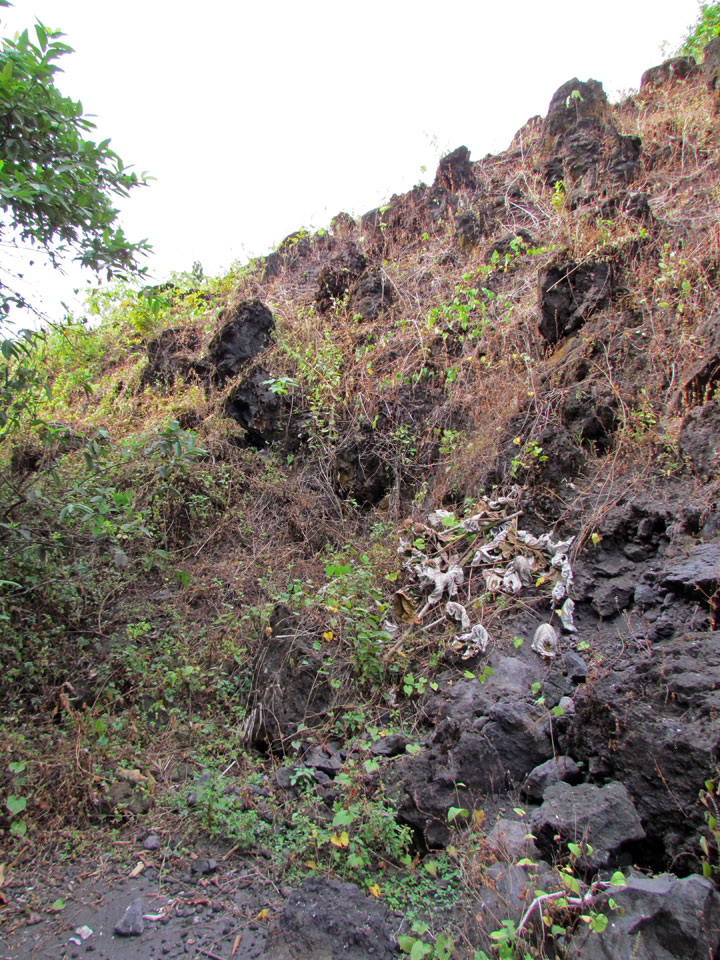
lava
A statue of a chief in Bana, West Region, shows the prestige afforded such rulers. The Cameroonian government recognizes the power of traditional authorities provided their rulings do not contradict national law.

Cameroon's legal system is largely based on French civil law with common law
influences. Although nominally independent, the judiciary falls under the
authority of the executive's Ministry of Justice. The president appoints judges
at all levels. The judiciary is officially divided into tribunals, the court of
appeal, and the supreme court. The National Assembly elects the members of a
nine-member High Court of Justice that judges high-ranking members of government
in the event they are charged with high treason or harming national security.
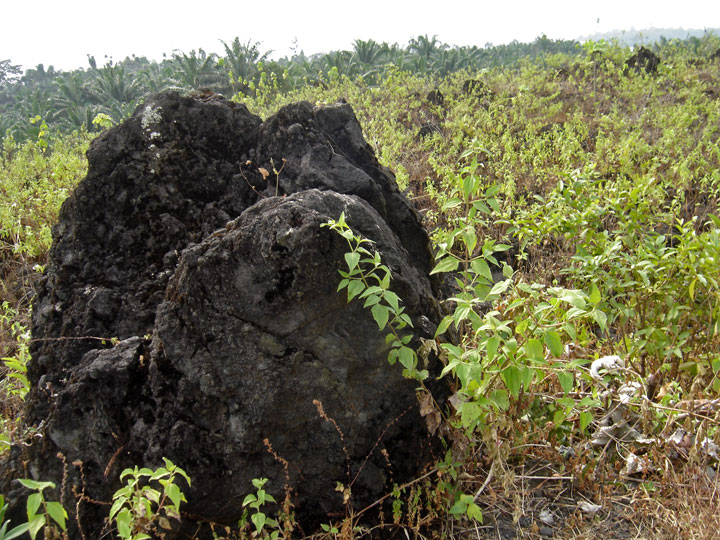
Human rights organisations accuse police and military forces of mistreating and
even torturing criminal suspects, ethnic minorities, homosexuals, and political
activists.[22] Prisons are overcrowded with little access to adequate food and
medical facilities, and prisons run by traditional rulers in the north are
charged with holding political opponents at the behest of the government.
However, since the early 2000s, an increasing number of police and gendarmes
have been prosecuted for improper conduct.
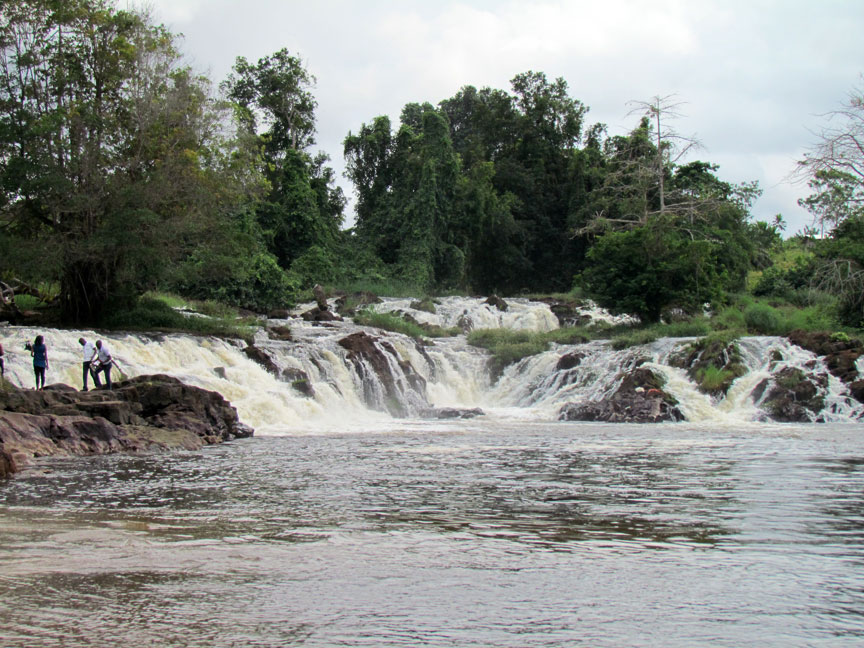
Lobe Waterfall
More Photos of the Lobe river waterfalls
The National Assembly makes legislation. The body consists of 180 members who are elected for five-year terms and meet three times per year. Laws are passed on a majority vote. Rarely has the assembly changed or blocked legislation proposed by the president. The 1996 constitution establishes a second house of parliament, the 100-seat Senate, but this body has never been put into practice. The government recognises the authority of traditional chiefs, fons, and lamibe to govern at the local level and to resolve disputes as long as such rulings do not conflict with national law.
President Paul Biya's Cameroon People's Democratic Movement (CPDM) was the only
legal political party until December 1990. Numerous regional political groups
have since formed. The primary opposition is the Social Democratic Front (SDF),
based largely in the Anglophone region of the country and headed by John Fru
Ndi. Biya and his party have maintained control of the presidency and the
National Assembly in national elections, but rivals contend that these have been
unfair. Human rights organisations allege that the government suppresses the
freedoms of opposition groups by preventing demonstrations, disrupting meetings,
and arresting opposition leaders and journalists. Freedom House ranks Cameroon
as "not free" in terms of political rights and civil liberties. The last
parliamentary elections were held on 22 July 2007.
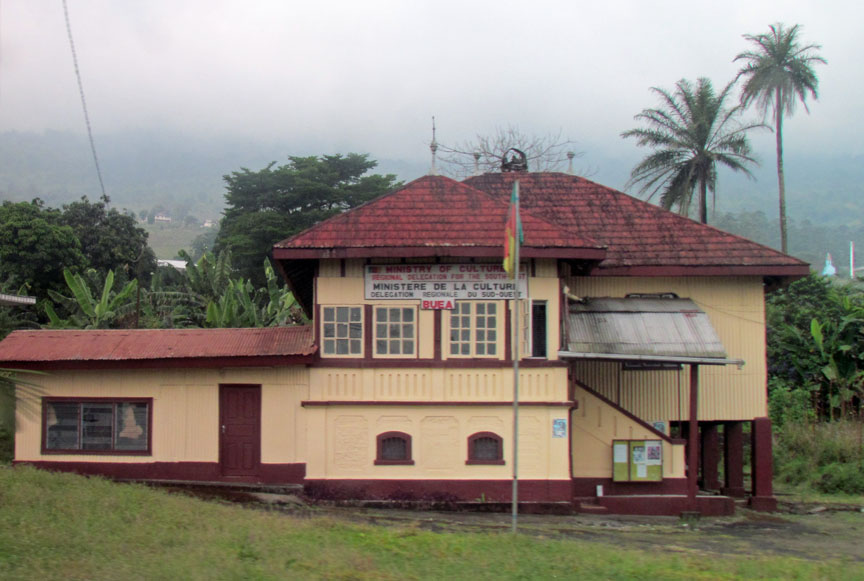
Buea
Cameroon is a member of both the Commonwealth of Nations and La Francophonie. Its foreign policy closely follows that of its main ally, France (the former colonial ruler). The country relies heavily on France for its defence, although military spending is high in comparison to other sectors of government. Biya has clashed with the government of Nigeria over possession of the Bakassi peninsula and with Gabon's president, El Hadj Omar Bongo, over personal rivalries.
Text from Wikipedia
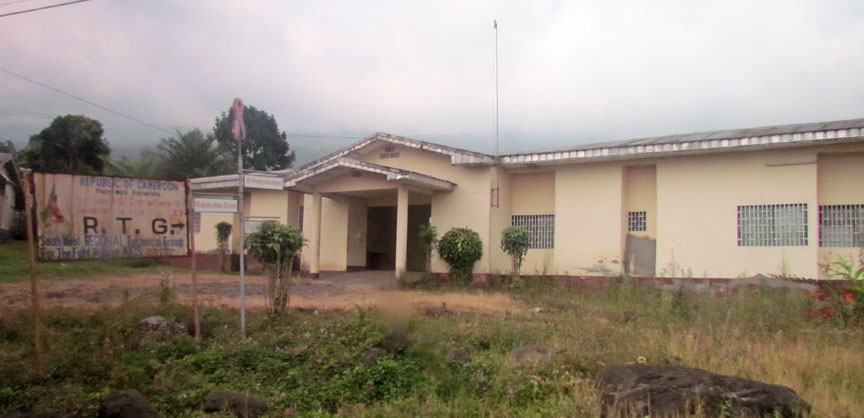
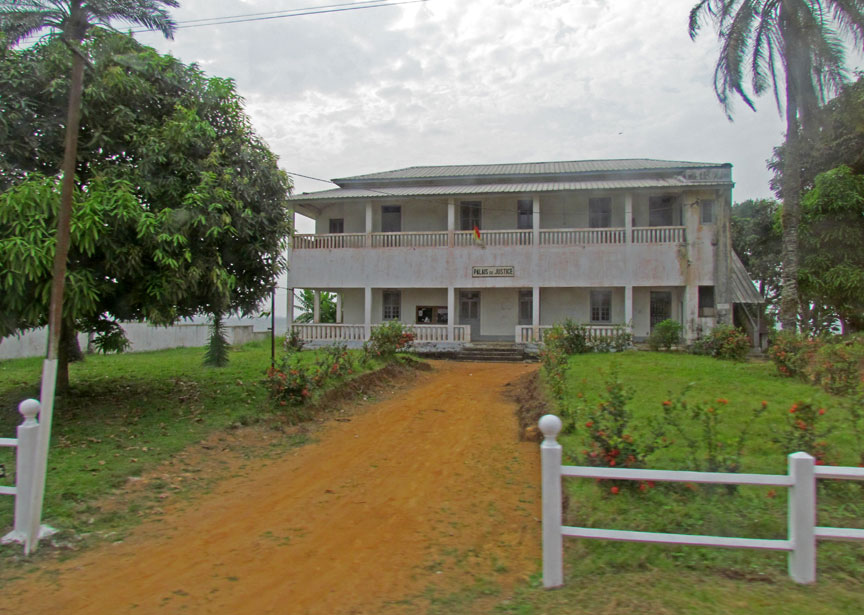
Police
